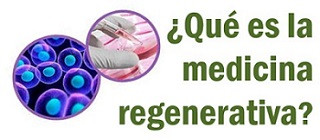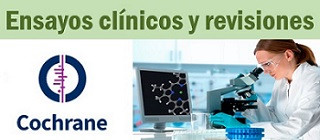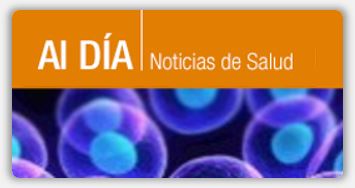The secretome of stem cells isolated from the adipose tissue and Wharton jelly acts differently on central nervous system derived cell populations. Stem Cell research and Therapy. July 2012
Carlos A Ribeiro1, Joana S Fraga1, Mário Grãos2, Nuno M Neves3,4, Rui L Reis3,4, Jeffrey M Gimble5, Nuno Sousa1,4 and António J Salgado1,4*
Author Affiliations
1 Life and Health Science Research Institute (ICVS), School of Health Sciences, University of Minho, 4710-057 Braga, Portugal
2 Biocant – Center of Innovation in Biotechnology, 3060-197 Cantanhede, Portugal
3 3B’s Research Group – Biomaterials, Biodegradables and Biomimetics, University of Minho, Headquarters of the European Institute of Excellence on Tissue Engineering and Regenerative Medicine, AvePark, 4806-909 Caldas das Taipas, Guimarães, Portugal
4 ICVS/3B’s, PT Government Associate Laboratory, Braga/Guimarães, Portugal
5 Stem Cell Laboratory, Pennington Biomedical Research Center, Louisiana State University System, Baton Rouge, LA 70808, USA
Stem Cell Research & Therapy 2012, 3:18 doi:10.1186/scrt109
The electronic version of this article is the complete one and can be found online at: http://stemcellres.com/content/3/3/18
Received: 17 February 2012
Revisions received: 2 April 2012
Accepted: 2 May 2012
Published: 2 May 2012
© 2012 Ribeiro et al.; licensee BioMed Central Ltd.
This is an open access article distributed under the terms of the Creative Commons Attribution License (http://creativecommons.org/licenses/by/2.0), which permits unrestricted use, distribution, and reproduction in any medium, provided the original work is properly cited.
Abstract
Introduction
It is hypothesized that administration of stromal/stem cells isolated from the adipose tissue (ASCs) and umbilical cord (HUCPVCs) can ameliorate the injured central nervous system (CNS). It is still not clear, however, whether they have similar or opposite effects on primary cultures of neuronal populations. The objective of the present work was to determine if ASCs and HUCPVCs preferentially act, or not, on specific cell populations within the CNS.
Methods
Primary cultures of hippocampal neurons were exposed to ASCs and HUCPVCs conditioned media (CM) (obtained 24, 48, 72 and 96 hours after three days of culture) for one week.
Results
Cell viability experiments (MTS (3-(4, 5-dimethylthiazol-2-yl)-5-(3-carboxymethoxyphenyl)-2(4-sulfophenyl)-2H tetrazolium) test) revealed that CM obtained from both cell populations at all time points did not cause any deleterious effects on neuronal cells. In fact, it was determined that whenever the ASCs CM were supplemented with basic fibroblast growth factor (bFGF) and B27, there was a significant increase in the metabolic viability and neuronal cell density of the cultures. On the other hand, in the absence of CM supplementation, it was the HUCPVCs secretome that had the highest impact on the metabolic viability and cell density. In an attempt to unveil which factors could be involved in the observed effects, a screening for the presence of bFGF, nerve growth factor (NGF), stem cell factor (SCF), hepatocyte growth factors (HGF) and vascular endothelial growth factor (VEGF) in the CM was performed. Results revealed the presence of all these factors in ASCs CM, except bFGF; in contrast, in HUCPVCs CM it was only possible to detect robust NGF expression.
Conclusions
Overall, the results confirm important differences on the secretome of ASCs and HUCPVCs, which lead to distinct effects on the metabolic viability and neuronal cell densities in primary cultures of hippocampal neurons; however, the factor(s) that promote the stronger effect of the HUCPVCs CM in neuronal survival is(are) still to be identified.



